This semester I collaborated with three creative writing MFA students at University of Virginia to create three new multimedia works based on and incorporating poetry they wrote. The pieces were presented at the Second Street Gallery in Charlottesville as part of the Tom Tom Founders Festival 2015.
The first piece, “For My Brother”, was created in collaboration with Courtney Flerlage for fixed media:
The process for creating the piece involved initially creating the first section without Courtney’s voice, to get an idea for the kinds of textures and overall mood that meshed with both of our visions for the work. I then recorded Courtney reading the poem (both in a normal speaking voice and whispered). The voice was then chopped up, manipulated, and accompanied with materials that “painted” the text (e.g. “falling” in text -> some musical concept of falling in music). Lastly pitched material was added in (violin samples and manipulated train whistle) to tie the sections together timbrally.
The second piece, “BLUR”, was created in collaboration with Caitlin Neely for video art and live reading:
Creating video art for text was a new venture for me. I have done sound design for film and video art for live music in the past, but actually creating visuals to accompany words was new. I ended up creating a set of visuals that I mentally tied to parts of the text and then arranged them in time such that enough synchronicity was present for the audience to pair them in a meaningful way. I then went back through and added simple, descriptive sound cues to flesh out the texture.
The last piece, “Singing Saw” was created in collaboration with Matthew MacFarland, for live electronics and live reading:
Because of the focus of this piece on a musical saw, the first step to creating this piece was, of course, to record sounds of the musical saw. Along with this recording I also recorded guitar samples and a variety of foleys (apples falling, leaves movement, foot steps, etc.) used to accompany the reading of the text. I used foley and non-musical sounds to create the sense of sections within the work and instrumental samples to make the sections cohesive overall. Because of the constant story-telling accompaniment of the sounds in this work it could be classified as “Cinema for the Ears”.
Collaborating with poets was wonderful. Being able to dive into the musical world of a poem hidden beneath the text and bring it to life was a great deal of fun and work, and I look forward to doing it again.



